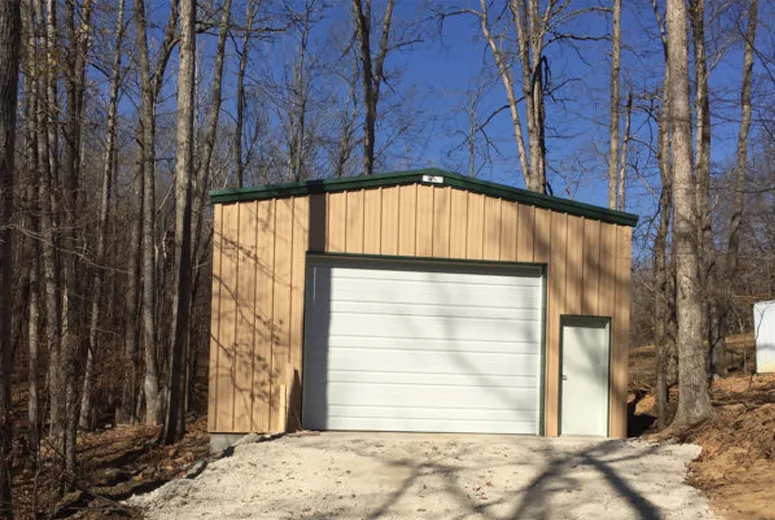- Afrikaans
- Albanian
- Amharic
- Arabic
- Armenian
- Azerbaijani
- Basque
- Belarusian
- Bengali
- Bosnian
- Bulgarian
- Catalan
- Cebuano
- Corsican
- Croatian
- Czech
- Danish
- Dutch
- English
- Esperanto
- Estonian
- Finnish
- French
- Frisian
- Galician
- Georgian
- German
- Greek
- Gujarati
- Haitian Creole
- hausa
- hawaiian
- Hebrew
- Hindi
- Miao
- Hungarian
- Icelandic
- igbo
- Indonesian
- irish
- Italian
- Japanese
- Javanese
- Kannada
- kazakh
- Khmer
- Rwandese
- Korean
- Kurdish
- Kyrgyz
- Lao
- Latin
- Latvian
- Lithuanian
- Luxembourgish
- Macedonian
- Malgashi
- Malay
- Malayalam
- Maltese
- Maori
- Marathi
- Mongolian
- Myanmar
- Nepali
- Norwegian
- Norwegian
- Occitan
- Pashto
- Persian
- Polish
- Portuguese
- Punjabi
- Romanian
- Russian
- Samoan
- Scottish Gaelic
- Serbian
- Sesotho
- Shona
- Sindhi
- Sinhala
- Slovak
- Slovenian
- Somali
- Spanish
- Sundanese
- Swahili
- Swedish
- Tagalog
- Tajik
- Tamil
- Tatar
- Telugu
- Thai
- Turkish
- Turkmen
- Ukrainian
- Urdu
- Uighur
- Uzbek
- Vietnamese
- Welsh
- Bantu
- Yiddish
- Yoruba
- Zulu
Nov . 28, 2024 06:42 Back to list
The Cost of Prefab Aircraft Hangars A Comprehensive Overview
When it comes to securing aircraft, whether for private owners, commercial enterprises, or governmental entities, the choice of hangar construction is a crucial decision. Prefabricated (prefab) aircraft hangars have become a popular option due to their efficiency and cost-effectiveness. This article will delve into the various factors that influence the cost of prefab aircraft hangars and provide a clearer picture of what potential buyers can expect.
Understanding Prefab Aircraft Hangars
Prefab aircraft hangars are structures that are manufactured off-site and then transported to the desired location for assembly. This construction method tends to reduce construction time significantly, allowing for quicker deployment compared to traditional building methods. Often made from steel, these hangars can be customized to meet varying requirements and can accommodate different sizes of aircraft, from small private planes to larger jets.
Factors Influencing Costs
1. Size and Design The most significant factor influencing the cost of a prefab aircraft hangar is its size. Larger hangars will naturally incur higher costs not only for materials but also for the foundation and assembly. Additionally, the design can add to the cost—it may involve customized features tailored to specific aircraft or operational needs. Basic designs may start at lower prices, but intricate architectural elements will increase overall expenses.
2. Material Quality The type of materials used in construction affects cost as well. Steel is the most common material for prefab hangars due to its durability and strength. However, the quality of steel, insulation, and other materials can vary, impacting the final price. Higher-quality materials may lead to lower maintenance costs in the long run, making them a worthwhile investment despite higher initial expenditures.
3. Custom Features and Specifications Depending on the owner’s needs, various custom features can be added, such as specialized doors, skylights, insulation, heating, ventilation systems, and electrical installations. Each of these features contributes to the base cost of the hangar, and potential buyers should consider which aspects are necessary for their operations.
prefab aircraft hangar cost

4. Location and Site Preparation The geographic location of the hangar plays a pivotal role in cost. Construction prices can vary significantly based on local labor rates, logistical considerations, and regional regulations. Additionally, site preparation—such as grading, foundation work, and utility installation—adds cost. The more complex the site preparation, the higher the overall expense.
5. Building Codes and Permits Local building codes and zoning regulations must be adhered to, which can impact both the design and construction process. Obtaining the necessary permits could also incur costs. Failure to comply with local laws can result in fines and forced modifications, making it essential to factor these potential expenses into your budget.
6. Installation and Labor While prefab hangars simplify the construction process, labor still plays a role. Labor costs can vary based on the complexity of the project and the local labor market. Hiring experienced professionals can reduce the risk of costly mistakes during installation.
Average Cost Estimates
To provide a ballpark figure, prefab aircraft hangars can range from approximately $30 to $100 per square foot, depending on the above factors. For example, a basic hangar measuring 50 x 60 feet might start from $30,000 to $60,000, while more extensive and customized facilities could exceed $100,000. It is wise for buyers to conduct thorough research and seek multiple quotes from different suppliers to ensure they receive the best value for their investment.
Conclusion
In summary, the cost of prefab aircraft hangars is influenced by multiple factors, including size, materials, customization, location, and more. As the demand for efficient and reliable aviation facilities grows, understanding these elements can help potential buyers make informed decisions that align with their operational needs and budget constraints. By carefully evaluating their options and planning accordingly, investors can secure high-quality prefab hangars that meet their aviation requirements while remaining cost-effective.
-
How Do Prefabricated Steel Structures Transform Modern Construction?
NewsJul.14,2025
-
How Do Prefabricated Metal Buildings Redefine Modern Construction?
NewsJul.14,2025
-
How Do Prefab Insulated Metal Buildings and Steel Structures Revolutionize Modern Construction?
NewsJul.14,2025
-
How Do Pre - Engineered Steel Structures Redefine Modern Construction?
NewsJul.14,2025
-
Advancing Modular Construction with Prefabricated Metal Structures
NewsJul.14,2025
-
Advancing Industrial Infrastructure with Prefabricated Steel Solutions
NewsJul.14,2025
Products categories
Our Latest News
We have a professional design team and an excellent production and construction team.












